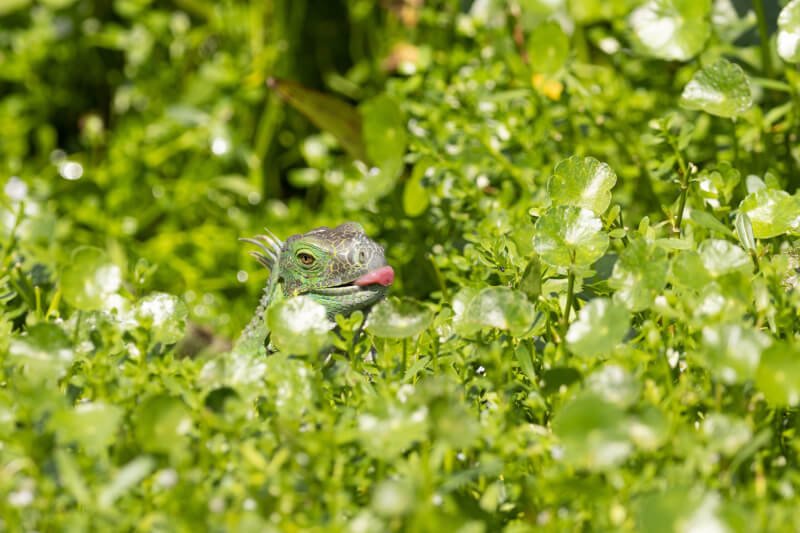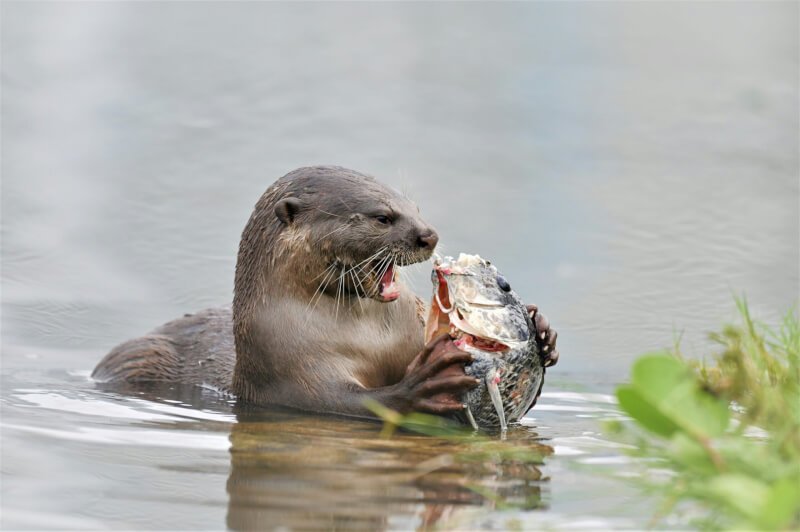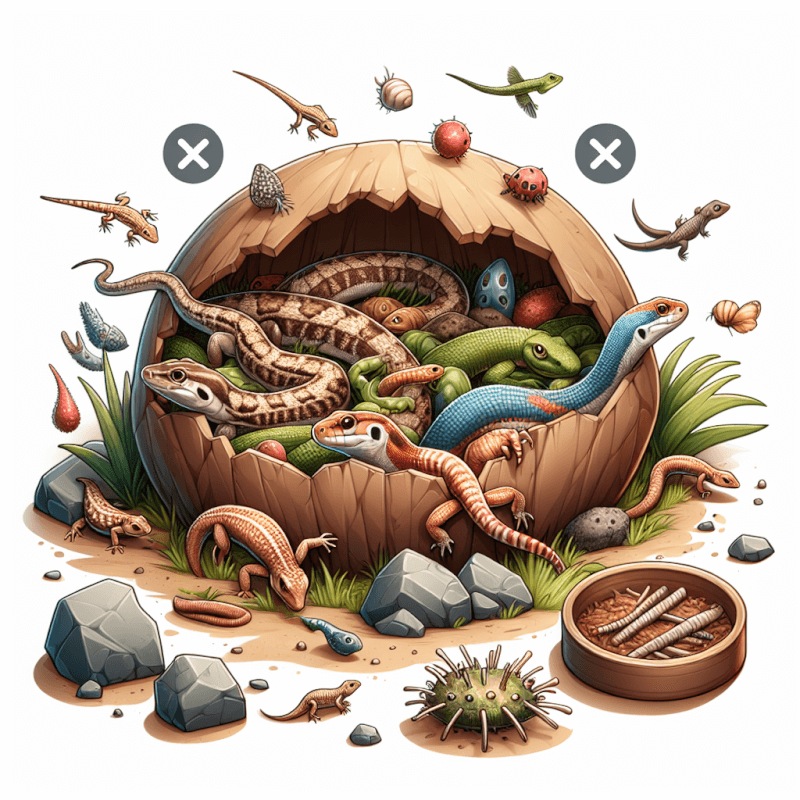As an owner of a reptile, you want to ensure that you are providing the best and safest care for your scaly companion. One question that often arises is whether it is safe to feed live prey to your reptile. While this may seem like a natural and instinctual feeding method, there are important considerations to take into account to ensure the well-being of both your reptile and the prey. In this article, we will explore the potential risks and benefits of feeding live prey to your reptile, providing you with valuable insights to make an informed decision for your beloved reptilian friend.
Potential risks of feeding live prey
Feeding live prey to your reptile can pose certain risks that you need to be aware of. These potential risks include the potential for injury to your reptile, the spread of diseases, and the risk of parasite infestation. It is important to understand these risks and take necessary precautions to ensure the safety and well-being of your reptile.
Injury to the reptile
Feeding live prey to your reptile can result in various types of injuries. Bites and scratches from the prey can cause wounds and lead to infections or other complications. Internal injuries can also occur if the prey fights back or if your reptile swallows it in an aggressive manner. Additionally, there is a risk of eye and mouth injuries if the prey lashes out during the feeding process.

Spread of diseases
Another potential risk of feeding live prey is the transmission of diseases. Prey animals can carry various pathogens that can be harmful to your reptile. These diseases can be transmitted through the prey itself or through infections from untreated prey. Cross-contamination with other reptiles is also a possibility if the prey is not handled and stored properly.
Parasite infestation
Feeding live prey to your reptile increases the risk of parasite infestation. Live prey animals can be carriers of parasites, such as worms and mites, which can then be transferred to your reptile. This can lead to health issues and a decline in the overall well-being of your pet. It is crucial to take preventive measures to minimize the risk of parasite infestation.

Factors to consider
When deciding whether to feed live prey to your reptile, there are several factors that you should consider. These factors include the size of your reptile, the size of the prey, the hunting instincts of your reptile, the need for supervised feeding, and alternative feeding methods that may be available.
Size of the reptile
The size of your reptile plays a significant role in determining whether it is suitable to feed live prey. It is essential to choose prey that is proportional to the size of your reptile. Feeding prey animals that are too large can pose a choking hazard or cause distress to your reptile. Therefore, it is crucial to select prey that your reptile can safely consume without any difficulties.

Size of the prey
Similarly, the size of the prey should also be considered. You should ensure that the prey is an appropriate size for your reptile. Feeding prey that is too small may not provide enough nutrition, while prey that is too large can cause harm or lead to digestion problems. It is important to find the right balance and select prey that matches the size and dietary needs of your reptile.
Hunting instincts
Another factor to consider is your reptile’s hunting instincts. Some reptiles have a strong natural instinct to hunt, while others may not display the same level of interest. Feeding live prey can stimulate your reptile’s natural hunting behavior, which can be beneficial for their mental and physical well-being. However, it is crucial to ensure that the hunting process does not cause excessive stress or aggression in your reptile.

Supervised feeding
Feeding live prey to your reptile should always be done under supervision. By keeping an eye on feeding sessions, you can intervene immediately if any issues arise. This includes preventing any potential injuries or ensuring that the prey is consumed properly. Supervised feeding helps minimize the risk of harm to your reptile and allows for immediate intervention if necessary.
Alternative feeding methods
If you are concerned about the risks associated with feeding live prey, there are alternative feeding methods to consider. Frozen or thawed prey can be a safer option as it eliminates the risk of injury to your reptile. Pre-killed prey is another alternative that reduces the chances of any harm to your pet. Additionally, there are commercial diets and supplements available that provide a balanced and nutritional diet for your reptile.

Preventive measures for parasite infestation
To minimize the risk of parasite infestation, there are preventive measures you can take when feeding live prey to your reptile. Quarantining the prey before feeding it to your reptile can help ensure that it is free from parasites. Additionally, maintaining good hygiene and cleanliness in the reptile’s enclosure can help minimize the chances of parasite infestation. Regular veterinary check-ups can also help detect and treat any potential parasites early on.
Treatment options for parasite infestation
If your reptile does become infested with parasites, there are treatment options available. Consult with a veterinarian who specializes in reptile care to determine the most appropriate treatment for your pet. This may involve the use of medication, such as anti-parasitic agents, to eliminate the parasites. It is important to follow the veterinarian’s instructions and complete the full course of treatment for effective results.
In conclusion, while feeding live prey to your reptile can provide a natural and stimulating feeding experience, it is essential to consider the potential risks involved. The risk of injury to your reptile, the spread of diseases, and the possibility of parasite infestation should not be overlooked. By considering the size of your reptile, the size of the prey, their hunting instincts, practicing supervised feeding, and exploring alternative feeding methods, you can ensure the safety and well-being of your reptile while still providing them with a nutritious diet. Always prioritize the health and happiness of your reptile by making informed decisions about their feeding habits.


